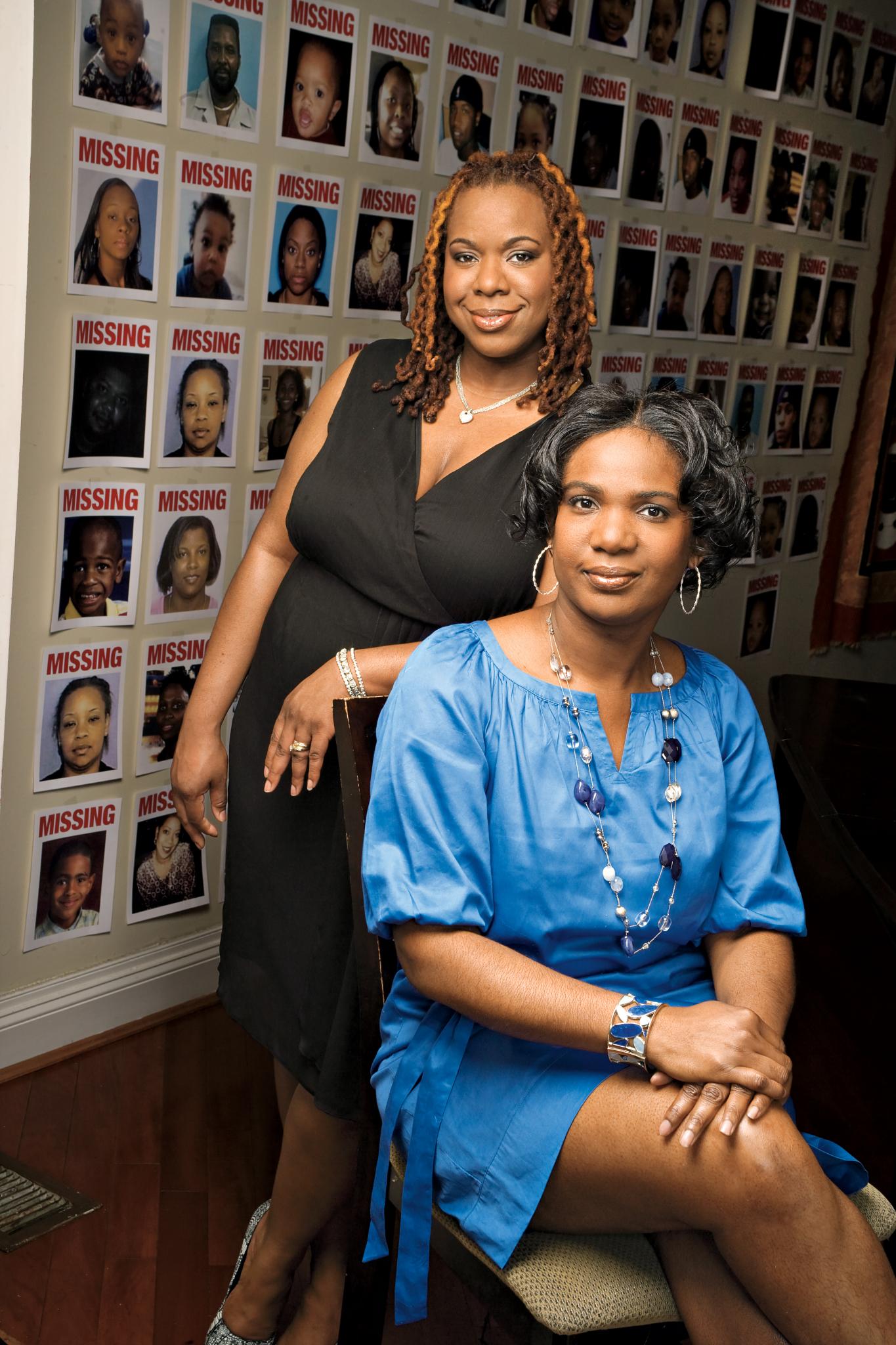
Tejuana Reeves-Morris reported her daughter, Jade Morris, missing on December 22, 2012. The 10-year-old never returned home from Christmas shopping with her father’s girlfriend, Brenda Stokes. To spread the word about her disappearance, Jade’s mom contacted local Las Vegas news stations, but they said they couldn’t find an outlet that would cover the story. Eventually, Mitchell connected with the Black and Missing Foundation, a Maryland nonprofit founded by sisters-in-law Natalie Wilson, 45, and Derrica Wilson, 36. The Wilsons got coverage of Jade’s disappearance on The Huffington Post, which led to reports on Fox5 Vegas, News One and The Tom Joyner Morning Show. Following heightened media focus, the search ended on December 27, when the girl’s body was found. Stokes has been charged with murdering Jade and has pleaded not guilty.
The Morris family’s struggle to gain media attention for Jade is common for families of missing Black children. A 2010 report, Missing Children in National News Coverage, found that though African-Americans account for 33.2 percent of missing children, our stories are covered by the media at a rate of 19.5 percent. Here the Wilsons talk about their important work: bringing visibility to Black persons who have vanished.
ESSENCE: Eight-year-old Relisha Rudd, who went missing on March 1, 2014, from the D.C. homeless shelter where she lived with her mother, has gotten substantial spotlight in the press. Do you think this points to an upward trend in coverage for Blacks?
Natalie Wilson: Relisha’s case is an anomaly. Unfortunately we don’t see missing children or people of color get the same level of awareness that her case has received, and that’s what we want to change.
ESSENCE: In addition to reaching out to news affiliates, how else does the Black and Missing Foundation help families?
Derrica Wilson: Our Web site, bamfi. org, serves as a comprehensive database for missing people of color, with photos, dates of birth and other vital information about their disappearance.
N. W.: We also work with law enforcement officials operate a tip line and utilize social media to help us find the missing, since we cannot always depend on the news cycle. For the families, we hold a quarterly grief and support.
ESSENCE: Derrica, you’re a veteran police officer. What missteps in law enforcement have you seen in the handling of these situations?
D. W.: I spent six months at the Northern Virginia Criminal Justice Training Academy in Ashburn, Virginia, where we had only two hours of training on missing persons cases. In the field, I’ve seen a majority of Black missing children classified as runaways, who don’t get Amber Alerts. For Black adults, police usually link their disappearances to criminal activity, so they aren’t valued as much. Training needs to be enhanced so police forces know how to handle these cases.
ESSENCE: According to the FBI, more than 200,000 Blacks were reported missing in 2013. what should people do when a family member has disappeared?
N. W.: It is a myth that you must wait 24 hours to file a missing persons report—do it immediately. Next call family and friends and canvas the community by passing out flyers and talking to people in the area. And, of course, contact the Black and Missing Foundation. When no one else is listening to Black families of missing persons, we are here.
This article was orignally published in the August 2014 issue of ESSENCE, on newsstands now.
